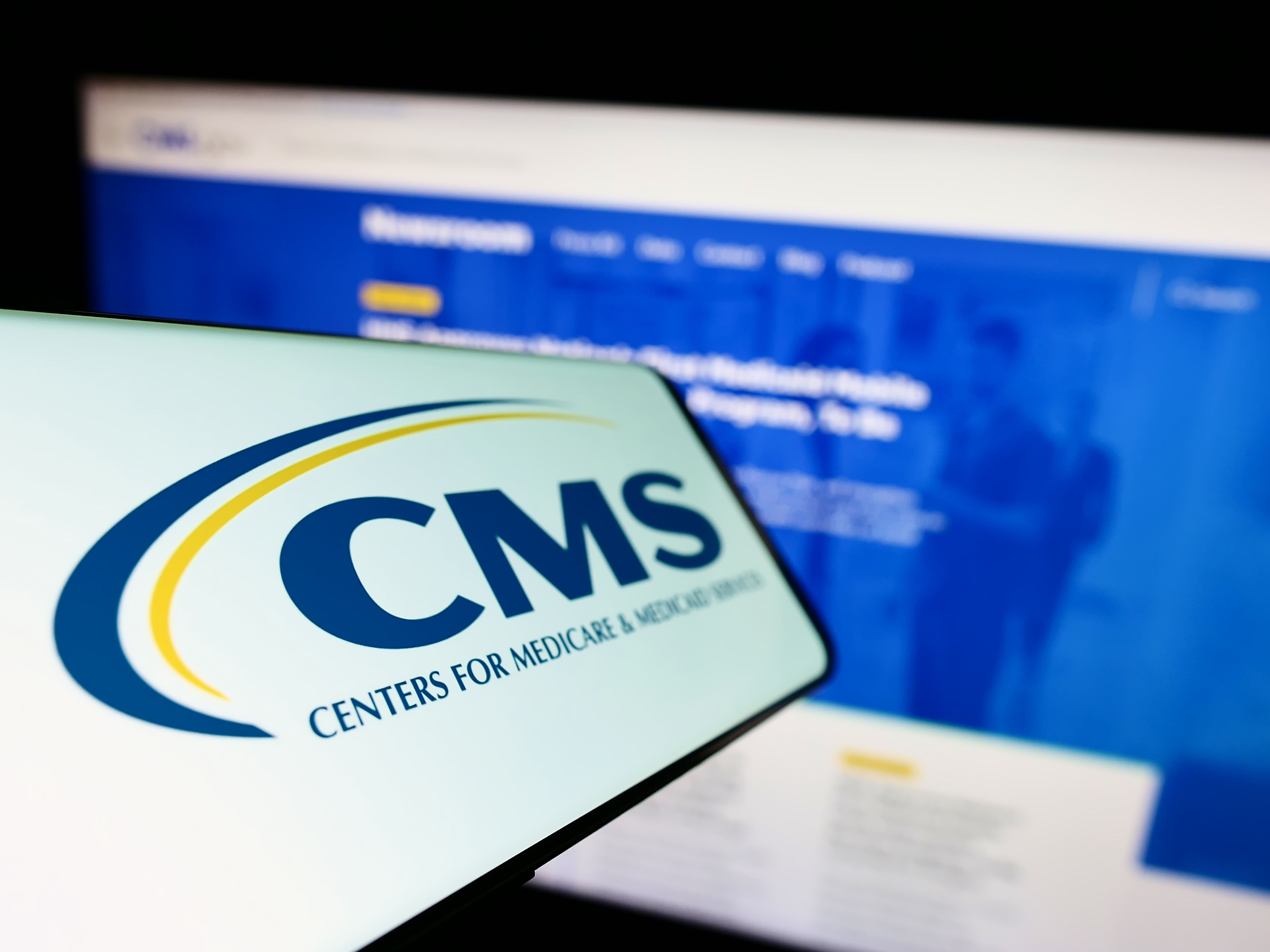Blog
Article
A tale of two masters
Author(s):
The EHR, like many new technologies, has capacity to improve the health and safety of our patients. So what can we do to make this happen?
Editor's Note: Welcome to Medical Economics' blog section which features contributions from members of the medical community. These blogs are an opportunity for bloggers to engage with readers about a topic that is top of mind, whether it is practice management, experiences with patients, the industry, medicine in general, or healthcare reform. The opinions expressed here are that of the authors and not UBM / Medical Economics.
I want to talk about the elephant in the room!
The EHR is everywhere-in the exam rooms, at the hospital bedside, in our offices, in meeting rooms and even in the dining rooms. We know from several recent studies that the “promise” of the EHR reducing time for clinical documentation and producing better communication has not been the reality. We are all aware that clinicians now spend more time connected to their computer screens than connected directly with our patients. This must change for the better.
My role as a physician (a healer and helper of people) relies especially on the doctor-patient relationship and that needs both time and ability to maintain eye contact and connection. I realize there are some physicians that can type into the computer, listen to their patients, and engage them; unfortunately, many of us are not able to do this well-and we should not need to engage in this manner.
Scribes can be helpful in some practices but that also adds a financial burden, an extra person in the room and a work-around for clunky electronic programs that serve two masters: the regulatory needs and the clinicians.
The EHR, like many new technologies, has capacity to improve the health and safety of our patients. So what can we do to make this happen?
- We need to separate the two masters of the EHR: the regulatory/billing/coding necessities and the clinical/patient story and care management.
- Stop using cut and paste. This adds to note bloat and can potentially cause harm if misinformation is carried forward.
- Imbed a direct link to the State Prescription Monitoring Program (for controlled substances) into the EHR for every patient. My organization did this recently. It is a big time saver.
- Demand that EHR vendors make it easier to get appropriate billing codes. If most search engines can find the correct diagnosis even when words are misspelled, why can’t our electronic records?
- The clinic notes should be organized so the assessment and plan is readily available. Perhaps reorganizing from SOAP to APSO notes is one solution.
- Use team-based documentation for parts of the patients’ story, family history and health maintenance. This allows MAs, RNs and pharmacists to fully do their scope of practice and can reduce the documentation time for the physicians.
- We need to reduce the regulatory requirements (which drives a lot of repetitive documentation). (see my earlier blog on advocacy)
- Make sure your practice has at least one EHR “super user” who can help you organize your favorites and effectively use other time savers.
- Change your EHR password to something that makes you laugh or smile.
In the spirit of the season of gratitude, I will offer my own list of things for which I am grateful in regard to the EHR.
- I am grateful I do not have to write out prescriptions anymore.
- I am grateful the EHR can make me aware of potential drug-drug interactions or duplicate scripts.
- I am grateful to have the notes available to me from specialists and others to better care for my patients.
- I am grateful that I have an IT team that can help trouble-shoot computer issues.
- I am grateful I can access the charts remotely when needed.
- I am grateful patients can have ready access to their records.
Like the stethoscope, the EHR can become that indispensable tool that fulfills its promise to improve patient care and safety and reduce the time burden on clinicians. We have much more work to do together for this to be a reality.
Carrie Horwitch MD, MPH, is an internal medicine physician practicing in Seattle, Wash. Her column represents her own opinions and not her employer.





